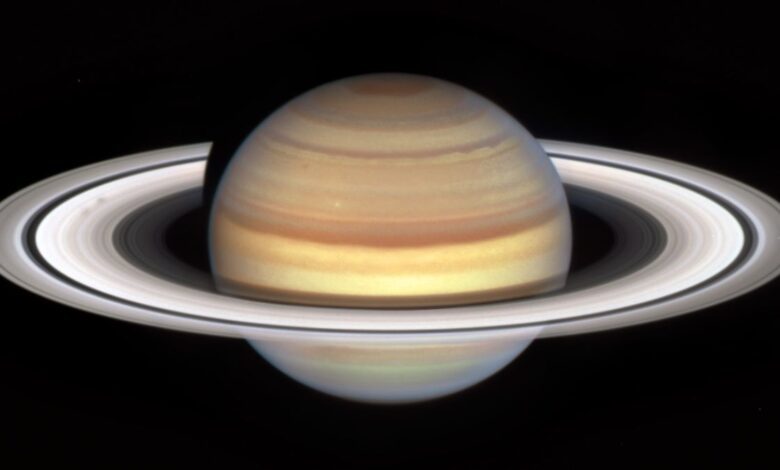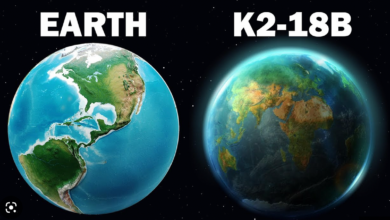NASA says Saturn’s rings to disappear from view in 2025
The rings last went edge-on in 2009 and will again go edge-on precisely on March 23rd, 2025

NASA has confirmed that Saturn’s rings will disappear from view to the human eye in 2025 which is caused by the rotation of the planet on its axis. This, however, does not mean that Saturn will actually lose its rings. It simply means that the rings will not be visible to Earthlings.
Amy Simon, senior scientist at NASA’s Goddard Space Flight Center, said in a statement to CBS News that the rings will only be slightly visible in the months before and after they go edge-on. She also said that those who want to see how Saturn’s rings look at various different dates can do so using the PDS rings node.
Vahe Peroomian, professor of physics and astronomy at the University of Southern California, told CBS News via email that because Saturn rotates on an axis tilted by 26.7 degrees, the view of its rings from Earth changes from the time to time. Every 13 to 15 years, Earth sees Saturn’s rings edge-on, meaning “they reflect very little light, and are very difficult to see, making them essentially invisible,” Peroomian said. He also said that the rings went edge-on in 2009 last time and will again go edge-on precisely on March 23rd, 2025, but the rings will be visible again few months after going edge-on.
“Galileo Galilei was the first person to look at Saturn through a telescope, in the early 1610s,” Peroomian said. “His telescope could not resolve the rings, and it was up to Christiaan Huygens to finally realize in 1655 that Saturn had a ring or rings that was detached from the planet.”
Since that discovery, scientists have studied the rings and NASA’s Cassini-Huygens mission determined the rings likely formed about 100 million years ago – which is relatively new for space, Peroomian said. Even small telescopes can give stargazers a view of Saturn’s rings when they aren’t edge-on, he said. “The students in my astronomy class at USC observed Saturn through a telescope just last week, and the rings were clearly visible.”
According to NASA, Saturn is not the only planet with rings but it is rather the only planet whose rings are spectacular and complex. In 2018, however, NASA said its Voyager 1 and 2 missions confirmed decades ago that Saturn is losing its rings. “The rings are being pulled into Saturn by gravity as a dusty rain of ice particles under the influence of Saturn’s magnetic field,” NASA said.
James O’Donoghue, of NASA’s Goddard Space Flight Center, said that the pulling of rings into Saturn in the form of dusty rain particles produces enough water to fill an Olympic sized swimming pool every half-an-hour. This is perfectly capable of causing Saturn’s rings to disappear in 300 million years. The Cassini aircraft also determined that the falling of the rings in the equator can accelerate the rings to disappear even faster, as fast as 100 million years.



